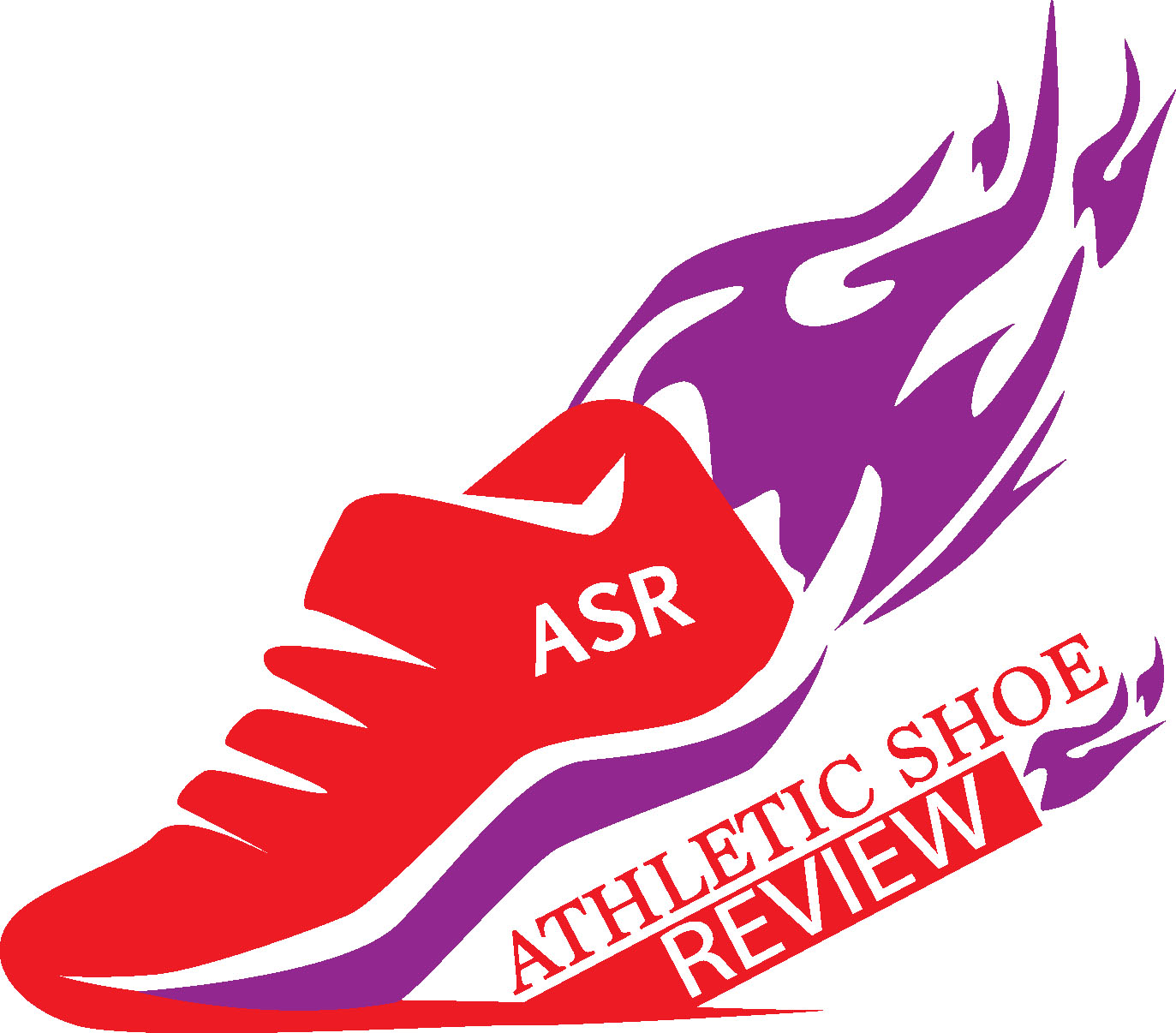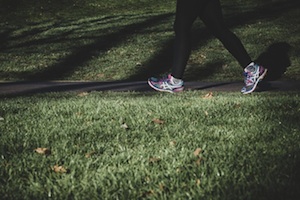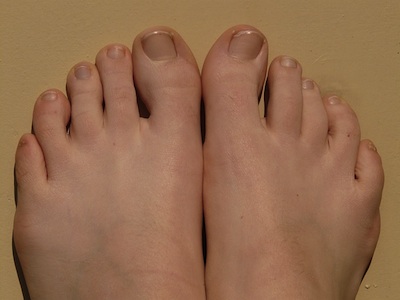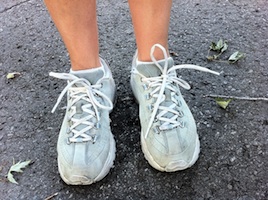

Shoe Advice From Podiatrists
Jill works out regularly, walking and attending a variety of exercise classes. Recently, she started noticing some pain in her heels and the bottoms of her feet, especially when she first got out of bed in the morning. Her feet felt tight, like the muscles wouldn’t stretch as much as they should.
Although the pain didn’t bother her as much when she was exercising, it was becoming more uncomfortable just walking around and doing her daily activities. So she went to see a podiatrist and he told her she had something called plantar fasciitis, which is inflammation on the bottom of your feet that can cause pain in your heels or arches.

Plantar fasciitis can be the result of some kind of foot injury or it can be caused by improper foot mechanics. In Jill’s case, her podiatrist said it could have been caused by a number of factors, such as a change in exercise patterns or terrain, a change in the type of shoes she was wearing, or weight gain. He advised her to rest and ice her feet and gave her some targeted foot exercises to help alleviate the pain.
Why See a Podiatrist?
Many patients consult a podiatrist when they have some type of foot pain or injury because podiatrists specialize in diagnosing and treating foot and ankle problems. These problems can include plantar fasciitis, heel pain, bunions, ingrown toenails, calluses, sprains, fractures, and infections.
Since podiatrists specialize in foot problems, they have a lot to say about the importance of wearing proper shoes for everyday wear as well as for exercise and athletic activities. Wearing improper shoes can lead to improper foot mechanics, which in turn can cause a variety of foot and ankle problems, such as the plantar fasciitis that Jill experienced.

One of the most important factors is the amount of pressure that people put on their feet during sports and exercise. As an example, a 150-pound person jogging for three miles puts over 150 tons of impact on her feet. If you don’t have the proper footwear, this amount of pressure can undoubtedly lead to discomfort and injuries.
Doctor's Orders
Dr. Michael Cardinal is a Doctor of Podiatric Medicine and has been practicing at Podiatric Associates in Ohio since 1988. “A majority of foot problems are genetic,” he explains. “Improper shoes may not initiate foot deformities, but they can certainly speed up any pre-existing genetic abnormalities.”
Poor fitting shoes in terms of length and width can cause or worsen structural problems of the foot, such as hammertoes, bunions, tendonitis, and bone spurs. Specifically, improper fitting athletic shoes may lead to skin problems, including chronic blisters and ingrown toenails.
Shoes that are too tight may lead to numbness due to compression of the superficial nerves in the foot. Shoes that are too loose may lead to friction and result in blisters, calluses, nail deformities, and potential loss of toenails.

When choosing athletic shoes, Dr. Cardinal says it’s important to pick shoes that support your arch and provide at least some cushioning. Some athletic shoes also help with oversupination and overpronation if you have these issues.
“Unfortunately, many people purchase athletic shoes based on appearance and color,” Dr. Cardinal adds. “But in order to determine the proper type shoe, it is important to have the foot measured and the gait evaluated. I also recommend evaluation of the foot type and pre-existing structural abnormalities when purchasing athletic shoes.”
Dr. Cardinal gets many questions from patients about how long athletic shoes last and at what point they should purchase new ones. He feels that it’s difficult to standardize the correct time frame.
There are many factors involved in this decision, including the type of surface a person is walking or running on and if there are any biomechanical changes that may lead to a breakdown of the shoe much earlier than normal. He recommends evaluation of the sole of the shoe to check for any altered tread or smoothness, which would mean the shoes are worn and should be replaced.

More Athletic Shoe Advice From Podiatrists
Here are some other general guidelines from podiatrists about finding the proper athletic shoes…
- Comfort is the most important factor in determining the right shoe for you.
- The heel should be snug enough to keep your foot stable, but there should be enough room in the toe box to wiggle all your toes.
- When trying on athletic shoes, be sure to walk on a hard surface rather than just carpeting to get a truer feel for the comfort level of the shoes.
- Athletic shoes with laces allow you to adjust the support you need throughout your foot. Other types of closures do not offer the stability and control of laces.
- Make sure your shoes are dry when you wear them for any sport so your feet don’t slide around, leading to potential injuries.
- If you exercise daily, especially running, consider buying two pairs of athletic shoes and rotate them each day. This will give the shoes more time to air out between workouts and the shoes will last longer.
- Athletic shoes should fit in a way that holds your foot in the most natural position for the activity you are engaged in.
- The shoes should protect your feet from the stresses of the sport you participate in and give you the right amount of traction.
- Running shoes need proper cushioning and shock absorption. They should be flexible in the right places and offer good support to the middle of your foot.
- Shoes that keep your foot and ankle stable are very important for sports like basketball and tennis. Shock absorption and traction are also vital.
- The variety of designs, weights, and materials used in athletic shoes are made to protect your feet from the stresses they undergo in each sport.
Related: Physical Therapist Shoe Advice, Athletic Shoes for Plantar Fasciitis
